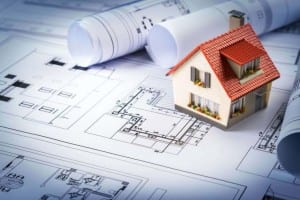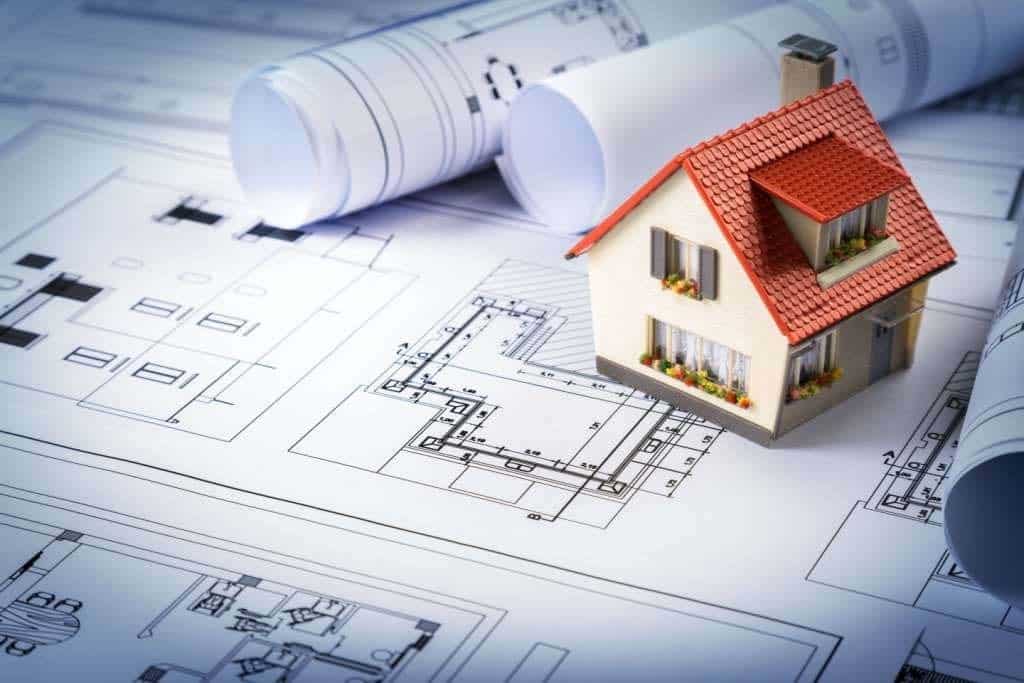There has been a new trend in CAD designing world for a 3D modelling for complex design and CAD design platform has evolved so much that 2D drawings become the by-product of 3D modelling.

2D drawings are easy to generate but engineers prefer 3D models for complex applications and design generation. When both are easily achievable, they also are a choice of avoiding catastrophe in the longer run. It basically demands foresight to decide and avail a smooth function of fabrication part of the engineering project and business applications on later stages. Engineering documentation is at the heart of the long, storied history of technical draftsmanship. The objective back then is no different from today’s challenge: represent an engineering design in the most accurate and concise way possible. Distilling the 3D reality we live in onto sheets of paper involved a carefully considered system of dimensioning and orthographic projections. These days, they might be referred to as 2D Drawings (which is a redundant term if you think about it). The system worked then and it works now. Those who are well-trained in these classical methodologies have difficulty understanding why there should be anything else. Why fix what ain’t broke?
To think that 2D drawing has been trashed out with the advent of 3D CAD modelling is far from reality. 2D drafting still has a very prominent place amongst the industrial product designers, and they have their own reasons for it.
2D is the best option when you are facing tight deadlines and the designs are to be developed for a single component or a single part. Basic geometries are easy to generate in 2D CAD sketching tools and are quick. They are intriguing when the drawings do not need any functionalities of 3D and require less space. A designer of any skill sets can easily work with 2D CAD and nearly any desktop will support 2D drafting.
For a crystal clear usage, engineers still use 2D drafts for fabrication drawings, plans, elevation, sectional drawings and shop floor drawings for fabrication. In fact, it is quite surprising that approximately 30% of engineering design firms and design engineers still use paper to design the initial concept sketched and then resort to 2D CAD for digitization.
Despite these benefits, there are a few drawbacks of using 2D. When sectional views are generated in 2D, updating them is time-consuming and also prone to errors. Also, 2D CAD software does not have rendering capabilities. This means, it involves an additional step to export and convert designs into 3D models before rendering.
So for a fact, just to save time, you are doing two more steps, exporting and converting before any other action is being taken- literally two for one. It reduces productivity and lengthens the designing cycle. For these reasons, industry-wide shift to 3D modelling is witnessed among mechanical and industrial product design engineers.
In contrast, the classic engineering drawing is fraught with limitations:
- Interpretation Issues: A properly executed drawing shouldn’t be subject to misinterpretation, but that skill is starting to become something of a lost art. Unclear depictions can be problematic (i.e. which surface did that leader line touch?). More disturbingly, errors can easily escape detection. Sure, most of that can be mitigated with carefully defined GD&T, but that too seems to be a fading skill. PMI improves upon these limitations by clearly associating surfaces and endpoints and providing validation that such dimensions do indeed make logical sense.
- Manual Inspection: Drawings necessitate reinterpretation by humans on the other side of the manufacturing lifecycle. It’s another way to introduce error: the botched inspection. PMI sets the stage for automated inspection, accelerating manufacturing processes while simultaneously improving quality.
- Time is Money: This is where drawings go for the BRAINS… Simply put, in today’s constantly accelerating demand to crank out the engineering in less time, drawings just take too long. Increased market pace demands more efficient processes. An engineer who’s spent considerable time defining a model, shouldn’t have to spend much longer documenting it. The days of modelling something then throwing it over a fence to lay it out are over. These two aspects of the design must occur simultaneously, and this ultimately is only possible with the model-based definition.
3D Models: Make a three-way profit
As business needs became bigger, design cycles were required to get shorter and engineering lead time needed to get easier and without errors; this is when more and more engineers started resorting to 3D CAD software. The advantage of using 3D CAD over 2D CAD is that it reduces the design cycle time to almost half and gives a competitive advantage to designers as well as fabricators by accommodating alterations, much fasters.
Another takeaway with 3D CAD is that it offers excellent workaround while generating rapid prototypes. And with additive manufacturing gaining momentum over traditional manufacturing practices, 3D CAD is the way to adapt to easily transform designs into tangible products.
Since additive manufacturing is a process that eliminates material cutting, it has a dramatic control over scrap produced. This is one among many reasons why this phenomenon has gained traction for every fabricator in any industry – be it industrial sheet metal tools, automotive, building products, furniture or any other that one can think of.
Such a paradigm shift makes it even more important than ever to adopt 3D CAD and drop 2D drafting process for saving material, directly targeting to increase their profits and connects the digital thread opportunity directly with the designs.
2D Drawing or 3D Model platform for CAD Designing
Other than these three major benefits, 3D CAD usually offers more functionality to the user. These functionalities encompass 3D arrays, special views, referencing and much more. But at times these are too many for generating basic part models like line-types, line-weights, and other form features are good to go. In such times, it feels that 2D drawings should be preferred instead of 3D.
Also because since 3D CAD is advanced, licensing is much expensive and renewing it each time the software company rolls-out new version, [not to mention it happens almost every year] it costs heavily to designers. Thus, it is much needed to weigh your needs of design requirements and analyze the cost you are paying for it.
By now, you must have realized that, on the contrary to popular belief, there will be times when you’ll find 2D CAD to be the need of the hour and not 3D models. While during the other times, you’ll find your designing world revolving in the three dimensions of 3D CAD models, whatever be your need – fabrication, design intent clarity or profits – to avoid catastrophe and binge working at the last moment. The hitch is that you select the one that addresses most of your needs since there isn’t any single CAD system that will address all your design and fabrication needs.
Which is better AutoCAD 2D or 3D?
The choice between AutoCAD 2D and 3D depends on your specific needs and the nature of your projects. Here’s a breakdown to help you decide:
AutoCAD 2D:
Best for projects that primarily involve drafting and design in two dimensions.
Ideal for creating floor plans, schematics, technical drawings, and layouts.
Offers precision and efficiency for tasks such as creating architectural plans, electrical diagrams, and mechanical drawings.
Generally easier to learn and navigate for beginners compared to 3D.
AutoCAD 3D:
Suitable for projects that require modeling and visualization in three dimensions.
Useful for creating realistic renderings, solid models, assemblies, and prototypes.
Enables designers and engineers to explore spatial relationships, simulate designs, and identify potential issues before production.
Provides a more immersive and comprehensive representation of objects compared to 2D drawings.
What software converts 2D drawings to 3D models?
There are several software options available for converting 2D drawings to 3D models. Some popular ones include:
Autodesk Fusion 360: Fusion 360 allows you to import 2D sketches and then extrude, revolve, or loft them into 3D models. It’s widely used in the engineering and product design industries.
SolidWorks: SolidWorks offers powerful tools for converting 2D sketches into 3D models. It’s commonly used in mechanical design and engineering.
SketchUp: SketchUp is known for its intuitive interface and is often used by architects and designers. While it’s primarily a 3D modeling tool, it also supports importing 2D drawings for reference or conversion.
AutoCAD: AutoCAD is a versatile CAD software that supports both 2D drafting and 3D modeling. You can import 2D drawings and use them as a basis for creating 3D models.
Rhino 3D: Rhino is popular among designers and architects for its flexibility in creating both 2D and 3D designs. It supports importing 2D drawings and then transforming them into 3D models.
